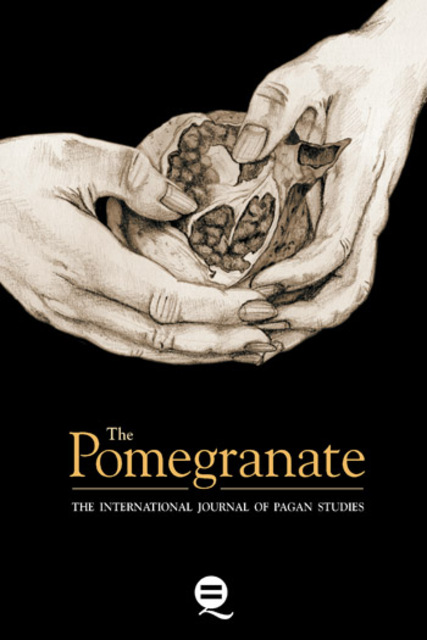The Mythology of Ethnic Identity and the Establishing of Modern Holy Places in Post-Soviet Latvia

Full description
The end of the twentieth century was a period in Latvian history marked with substantial political, social, economic, and world-view changes. When the movement for the establishment of the independent national state started, ethnic and cultural values were activated. Particularly important was the idea of the “heritage of ancestors.” These ideas were embodied in various forms, such as the renewal of local ethnic, pre-Christian religious practices, efforts to find certain meaning in traditional ornaments, search for esoteric information in folksong texts, and so on. In such a socio-cultural background new pantheistic cult sites or so-called modern holy places (MHP) gained a certain topicality. Various mechanisms and aspects influence people’s perception and attitudes toward these places, whose number is increasing. MHP visitors describe these places as “sanctuaries,” but, of course, their opinion is opposed by Latvian scholars (archaeologists, geologists, and folklorists), rationalists, or sceptics, who regard the MHP phenomenon as merely a well-developed business plan or of delirious talk. Despite many rational objections, public interest in MHP remains, so to some extent the question of why the phenomenon is popular—smart management, the complexity of the sociocultural situation in Latvia or strong personalities, who created the new mythology—still remains open.
- typeImage
- created on
- file formatjpeg
- file size66 KB
- container titlePomegranate
- creatorRūta Muktupāvela
- issnISSN 1743-1735 (online)
- issue14.1
- publisherEquinox Publishing Ltd.
- publisher placeSheffield, United Kingdom
- rights holderEquinox Publishing Ltd.
- doi
We use cookies to analyze our traffic. Please decide if you are willing to accept cookies from our website. You can change this setting anytime in Privacy Settings.
